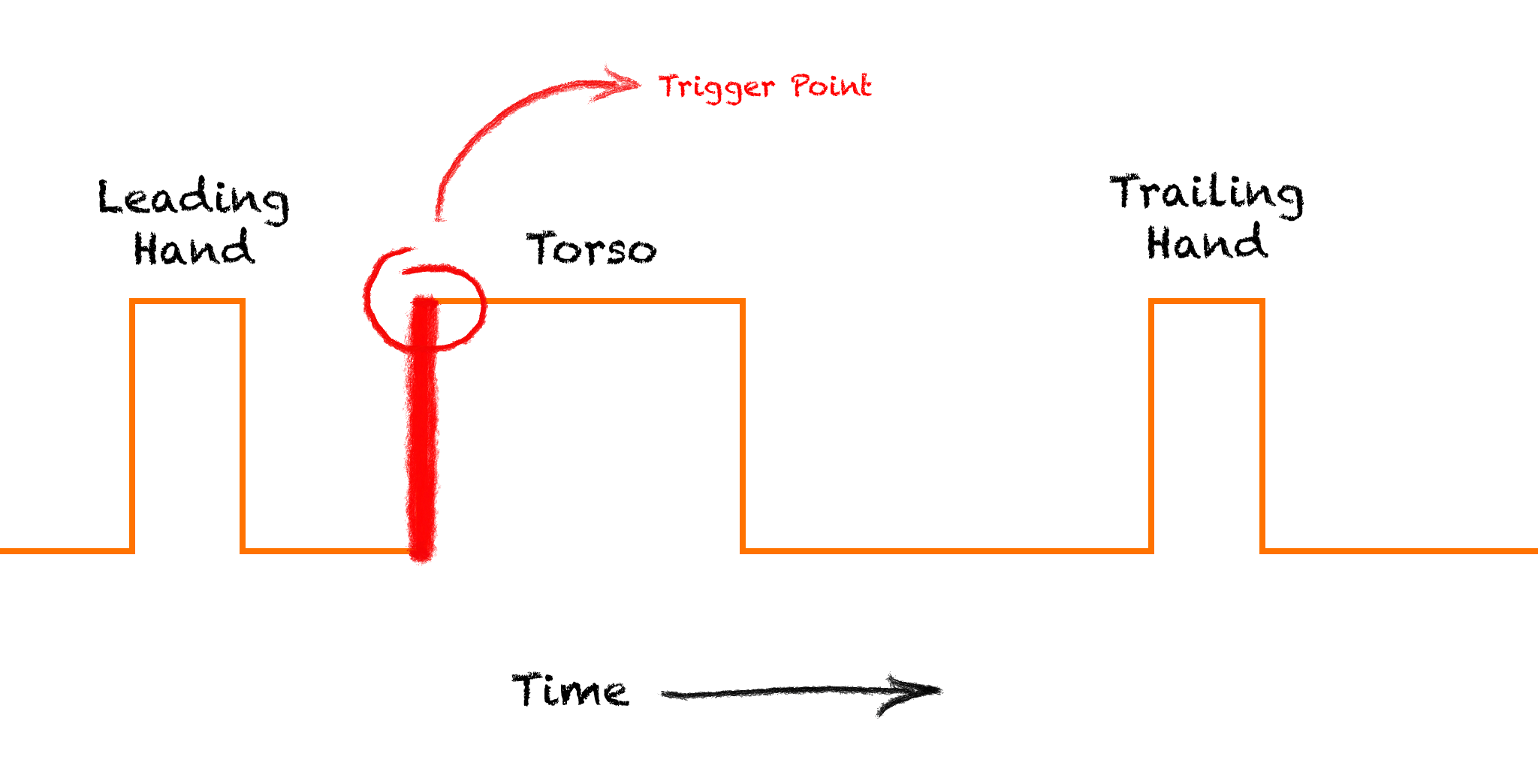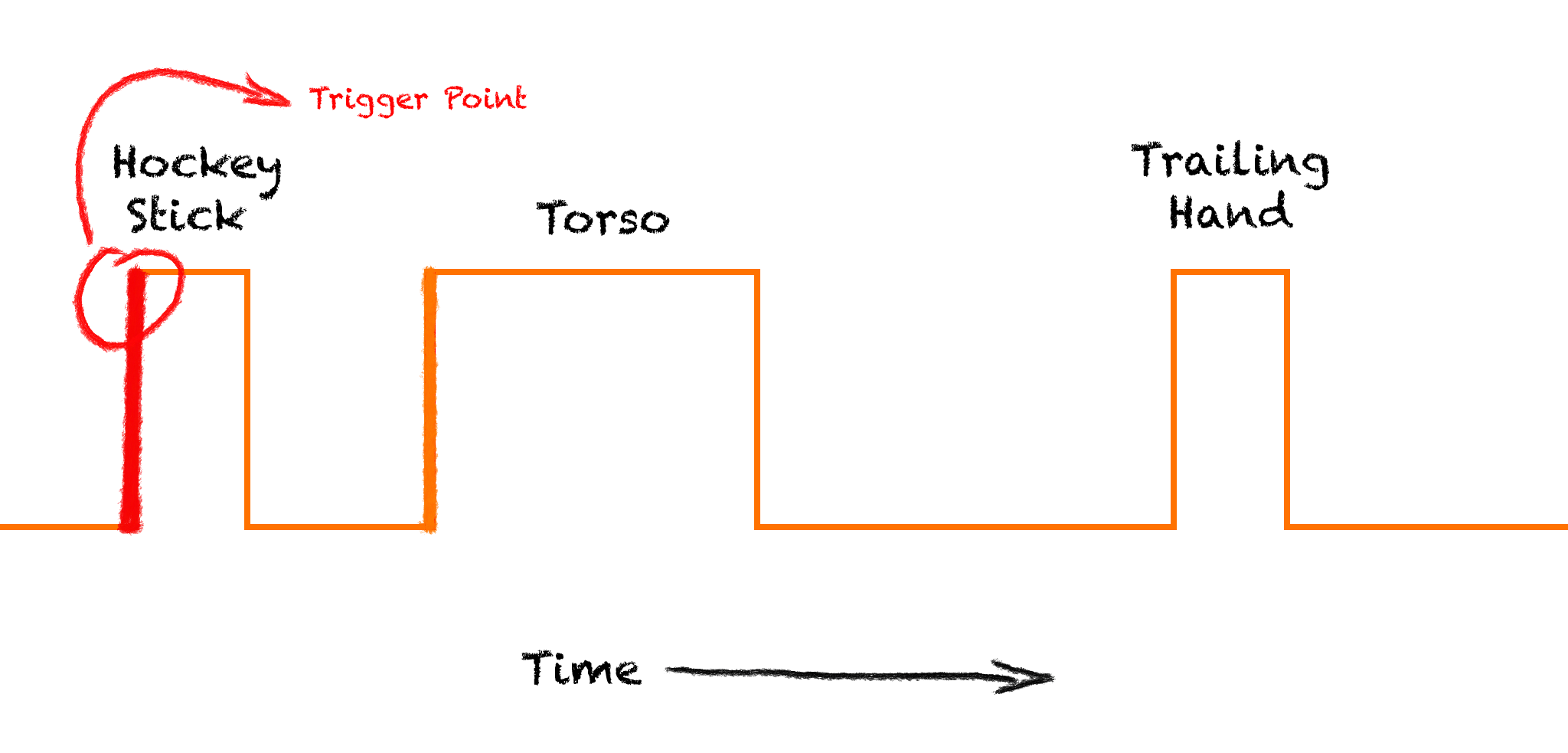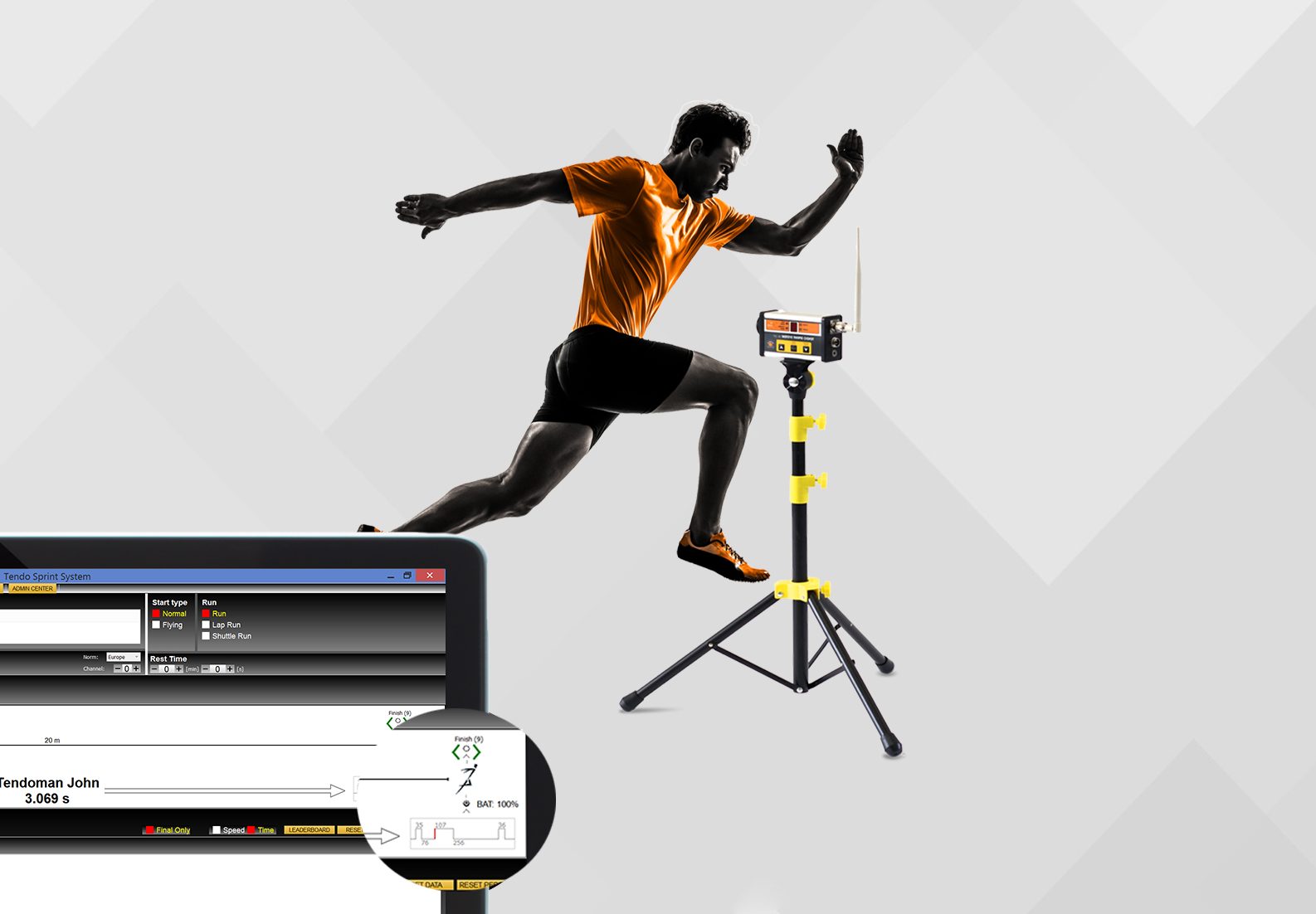The proper selection of equipment is vital to accurately measuring and tracking changes in athletes’ performance (learn more about the importance of accurate data). When measuring sprint time, electronic sports timing systems are recommended but may contain significant errors when an arm or leg passes through a gate before the torso.
Single beam systems cannot distinguish whether it was a hand, leg, or torso that triggered the timing system as the single beam systems are always triggered by any first object that passed through its gate. Due to such inherent measurement errors between runs, it is impossible to draw accurate conclusions about athletes’ speed and progression! (learn more about measurement errors).
To overcome the lack of accuracy and reliability while keeping the simplicity of single beam timing systems, some manufacturers (including TEDNO Sport) came up with a software solution, employing the Error Correction Processing algorithm. These single beam timing systems with error correction technology process all triggers as an athlete passes through the timing lights and always interpret the beginning of the longest break (the torso) as the correct signal. In this case, there can be any number of hands or legs crossing the beam. The microprocessor will simply always take the torso as the measurement point (see diagram below).
TENDO Sprint System’s detection of torso via Error Correction Processing technology.


However, sometimes there is a situation where it is desirable to measure the first event as an athlete passed through a timing gate. Luckily, the TENDO Sprint System’s Error Correction Processing can be turned ON and OFF based on your training and testing needs. When the Error Correction Processing is turned off, the first event is taken into account. Use it in training with athletes using rackets, bats hockey sticks, balls, wheelchairs, or bikes and measure the time from the first point when the beam is broken.
TENDO Sprint System’s detection of a hockey stick when Error Correction Processing is turned OFF.


Research evaluating Error Correction Processing technology



